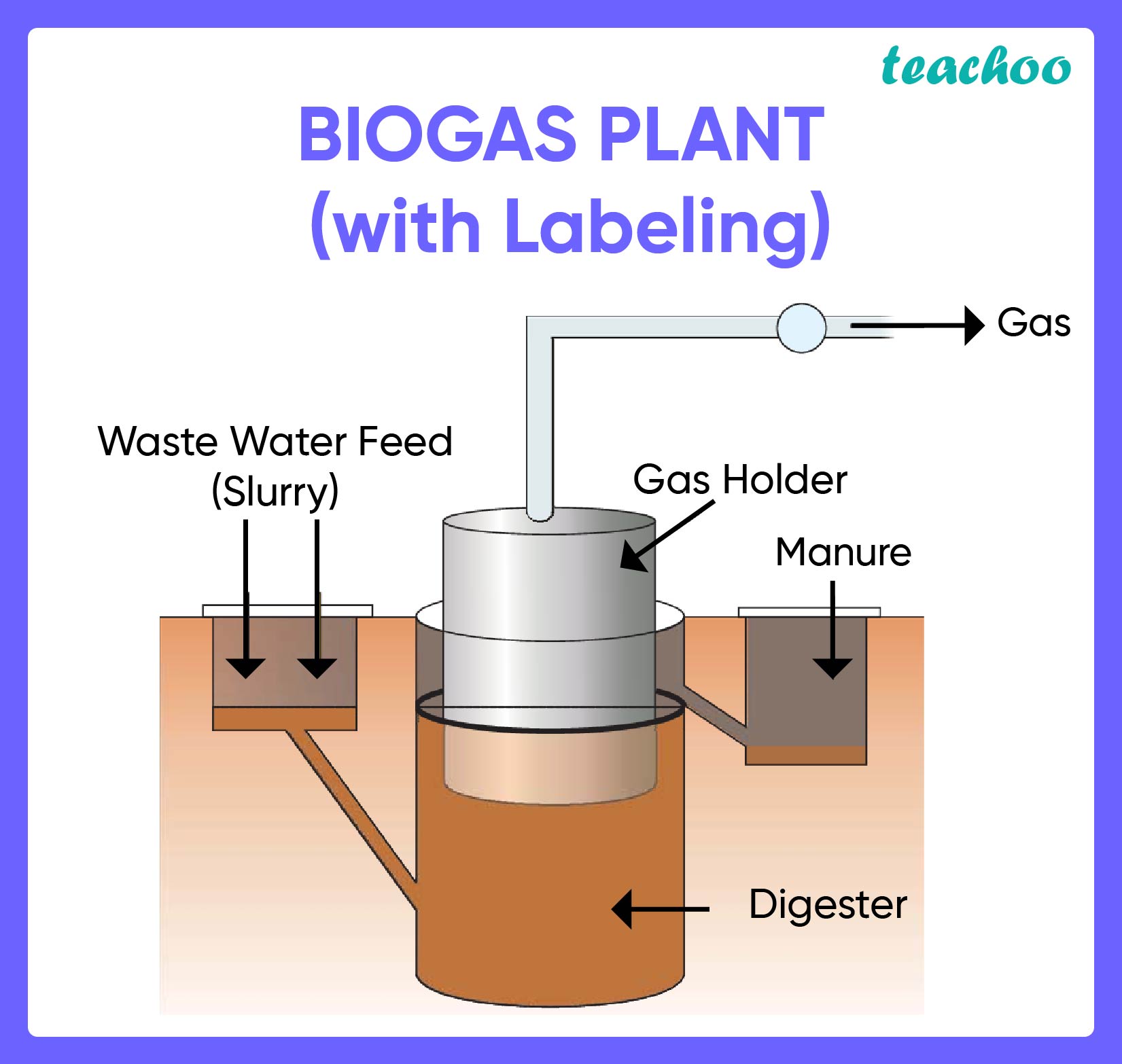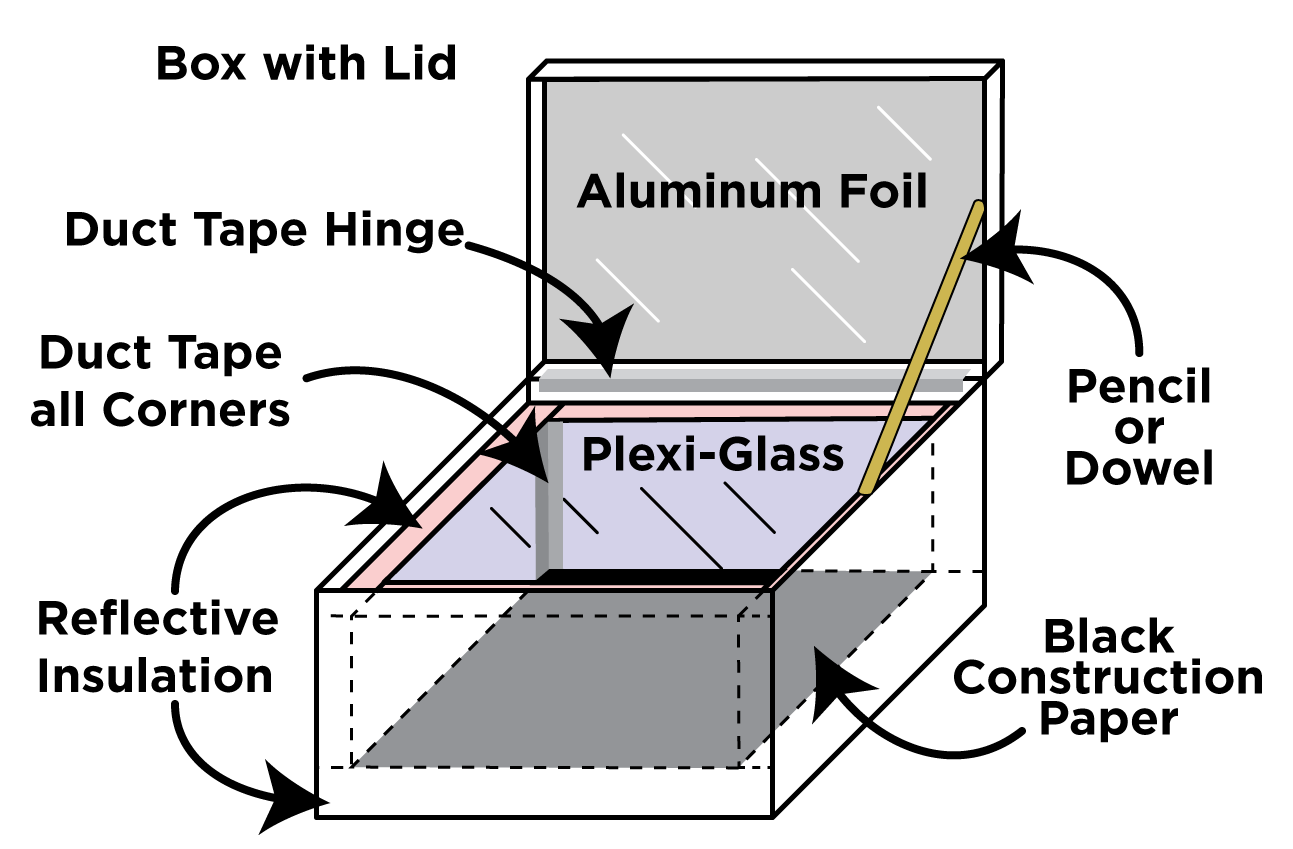CBSE Class 10 Science Chapter 14 Revision Notes
Chapter 14: Sources of Energy Revision Notes
Why is Energy Conservation Important?
- The capacity to conduct labour or the entire power produced from our natural resources is referred to as energy. Energy comes in a variety of forms and may be transferred from one form to another.
- Energy in useable form is dissipated in a less useful form into the environment.
- Energy comes mostly from natural sources such as the sun, seas, fossil fuels, wind, and so on, and is turned into electrical energy that we use for our everyday requirements and advantages.
What Constitutes a Good Fuel?
- There are two types of energy sources: renewable and nonrenewable.
- Any source of energy that does not deplete or exhaust is regarded as a good source of energy and is referred to as renewable.
Good fuel
An excellent energy/fuel source would be:
- Easily accessible
- Storage and transportation are simple.
- Able to do a lot of work for a small quantity of bulk and volume
- Economical
THERMAL ENERGY AND FOSSIL FUELS
Conventional sources of energy
- Conventional energy sources are those that have been in use for a long time or have been utilised extensively over the world.
- For example, the use of coal following the Industrial Revolution or the use of wood as a popular source of thermal energy.
- Fossil fuels and hydropower are two examples.
Fossil fuels
- Fossil fuels are created by the compression of dead biological materials buried deep beneath the ground over millions of years.
- Coal or natural gas, for example.
- For the most part, we rely largely on fossil fuels.
- Because fossil fuels are non-renewable and have finite stocks, discovering alternative energy sources is critical to avoiding an energy catastrophe.
Disadvantages of burning fossil fuels
- Combustion of fossil fuels also produces byproducts, which pollute the air.
- Burning coal and petroleum releases toxic carbon, nitrogen, and sulphur oxides into the atmosphere, causing acid rain and the greenhouse effect.
- The biggest contributor to global warming is gases released by the burning of fossil fuels.
Thermal power plants
- To create electricity, thermal power plants employ steam generated by the combustion of fossil fuels (mostly coal).
- Coal combustion warms the water, resulting in steam, which is utilised to power the turbine.
- Thermal power stations are usually built near coal or oil deposits since it is simpler to transport electricity than coal.
HYDROPOWER PLANT
Turbines
- A turbine is a rotatory mechanical device that turns kinetic energy into usable work in various ways.
- It converts mechanical energy into electrical energy using a dynamo.
- Various applications of this have been made in power plants where the shaft of the dynamo is mechanically rotated.
Hydropower plants
- The kinetic energy of flowing water or the potential energy of water falling from a height are two more classic sources of energy.
- The falling/flowing water propels the turbine, which turns mechanical energy into electrical energy with the assistance of a dynamo.
- Hydroelectric plants are often built near dams or waterfalls.
Dams
- A dam is a structure that keeps water or subsurface streams from flowing freely.
- The water is evacuated when the power plant needs it to create hydroelectricity.
*BIOMASS
- Biomass is a renewable energy source obtained from living organisms (organic matter).
- We used to rely on wood as a source of thermal energy for a long time.
- We create biofuel out of biowaste such as cow dung in India since we have a large livestock population.
- The residue left behind after wood is burned in a limited supply of air and water until volatile components are eliminated is charcoal.
- Charcoal has a high efficiency in terms of producing heat. It also doesn’t have any flames.
Bio-gas plant
- In India, biogas is produced by decomposing cow dung, sewage waste, and plant matter in the absence of oxygen.
- It’s known as gobar gas because it contains cow manure.
- A biogas factory is a brick-built dome where cow dung and other biowaste are combined with water to make a slurry, which is then pumped into a digester.
- The digester is a sealed room that breaks down the slurry using anaerobic microorganisms.
- Methane, CO2, hydrogen sulphide, and hydrogen are released during the breakdown process.
- These gases are sucked via pipelines and sent to a turbine, which generates energy.
WIND ENERGY
- An energy source that is both environmentally benign and efficient.
- Wind is a natural phenomena created by pressure differentials on the earth’s surface induced by uneven heating of land and sea masses.
- Kinetic energy is the form in which it is harnessed.
Windmill
- Windmills are rotatory constructions that capture wind energy.
- They feature massive blades or fans installed extremely high on a strong framework that is attached to turbines that revolve and generate power owing to high wind speeds.
- Because a single windmill produces a minimal amount of energy, wind farms made up of numerous windmills are constructed.
Wind energy’s benefits and drawbacks
Advantages: Environmentally clean, efficient, renewable source of energy with no recurrent power generation costs.
Limitations:
- Winds should be consistent and at least 15 km/h.
- Backup storage facilities, such as cells, are required.
- Requires a big amount of land.
- The initial investment is high, and maintenance is necessary on a regular basis.
SOLAR ENERGY
- Solar energy is the combination of light and heat energy emitted by the sun.
- The Sun has been emitting energy for the past 5 billion years and will continue to do so for another 5 billion years or longer.
- Even though just a small percentage of solar energy reaches the earth’s surface, we must discover ways to capture it as efficiently as possible.
Solar cooker
- Solar energy is used to power solar cookers and water heaters.
- Solar cookers harness this feature by covering their insides black, which absorbs more energy than other surfaces.
- To focus the sun’s beams, they employ reflective surfaces such as mirrors.
- By enclosing the gadget with a glass plate, the greenhouse effect is created, trapping heat inside the cooker.
Solar cell
- A solar cell is a device that transforms solar energy into electricity.
- A typical solar cell has a voltage of 0.5 1 V and a power output of 0.7 W. A solar panel made up of a large number of these cells can provide enough electricity for practical use.
Advantages include:
(i) no moving components;
(ii) little maintenance; and
(iii) the ability to set up in remote regions without the difficulty and expense of transmission lines.
Disadvantages:
(i) Requires a special quality of silicon that is difficult to come by.
(ii) Silver is pricey because it is used for connectivity.
- Traffic lights, calculators, artificial satellites, and space missions are among examples of applications.
ENERGY FROM THE SEA
- Because of the enormous volume of water and the motion of waves, the seas, oceans, and other bodies of water are a source of kinetic and potential energy.
Tidal energy
Tides are changes in the level of water caused by the moon’s gravitational influence.
Tidal energy is created by the rise and fall of the water level, or the high and low tide.
Dams near the sea’s tiny entrances are used to generate tidal energy. When the tide comes in, it pushes the turbine, which generates power immediately.
It can only be found near the sea.
Wave energy
- Waves contain a large amount of kinetic energy that may be used to generate power.
- Strong winds sweeping across the water cause waves to form.
- Only available in areas with high winds. This energy has been captured using devices.
Thermal energy from the ocean
- To harvest this sort of energy, the difference in surface temperatures of water and water at a given depth in oceans is used.
- The temperature differential between the surface and the water must be at least 20 degrees Celsius up to a depth of 2 kilometres.
- The turbine is powered by vapours created by boiling volatile ammonia in warm water. The vapour is condensed back into a liquid using cold water.
Geothermal Energy
- The planet has a tremendous quantity of heat trapped within it.
- Due to geological processes, molten materials from the Earth’s core occasionally rise to the surface and become trapped in hotspots.
- Geothermal energy is the process of harnessing this heat energy.
- Any subsurface water that is present is heated by the hotspots and transformed to steam, which exits through the earth’s surface as hot springs.
- This steam is utilised to create power by rotating turbines.
NUCLEAR ENERGY
- Nuclear fission may be utilised to create power from nuclear energy.
- In a nuclear reactor, nuclear fuel is utilised to create energy at a regulated pace through a continuous fission chain reaction.
Nuclear fission
- Nuclear fission is the process of splitting a heavy atom (uranium or plutonium) into lighter nuclei by bombarding it with neutrons.
- This process generates a great deal of energy. Fission of 1 atom of uranium, for example, produces 10 million times the energy of 1 atom of carbon from coal burning.
Disadvantages of using nuclear energy
- Because heavy atoms decompose into damaging subatomic particles, nuclear waste is dangerous.
- Setup and maintenance costs are high.
- Uranium is in short supply.
- It has the potential to be devastating.
Nuclear fusion
- Fusion is the process of fusing lighter nuclei to generate a heavier nucleus, often hydrogen or hydrogen isotopes in the case of helium.
- It generates a tremendous quantity of energy. Einstein’s equation determines the mass deficit between the product and reactants.
- E=mc2


